
It’s time to go electric.
With most carmakers pledging to transform their line-ups to full-electric in the not-too-distant future, a laundry list of new battery-electric vehicles are hitting the market in Australia, while a continued sales growth is contributing to increasing the used EV market.
EVs bring significant benefits like zero tailpipe emissions, better efficiency, instant torque, easier ways to ‘refuel’, and more.
However, buying a new or used EV is slightly different to a traditional combustion vehicle model; there are different considerations in addition to the usual body type, size, safety, and features checklist.
Here are the key things we'll cover:
🛣 Range – How to decide what is the right range for your driving needs and what to consider when looking at claimed ranges.
🔌 Charging – How fast each charger and vehicle juice up to add range, where to top-up, and how to calculate the total ownership costs.
🔋 Battery – How different chemistries can affect how you charge your EV, and understanding battery capacities and warranties.
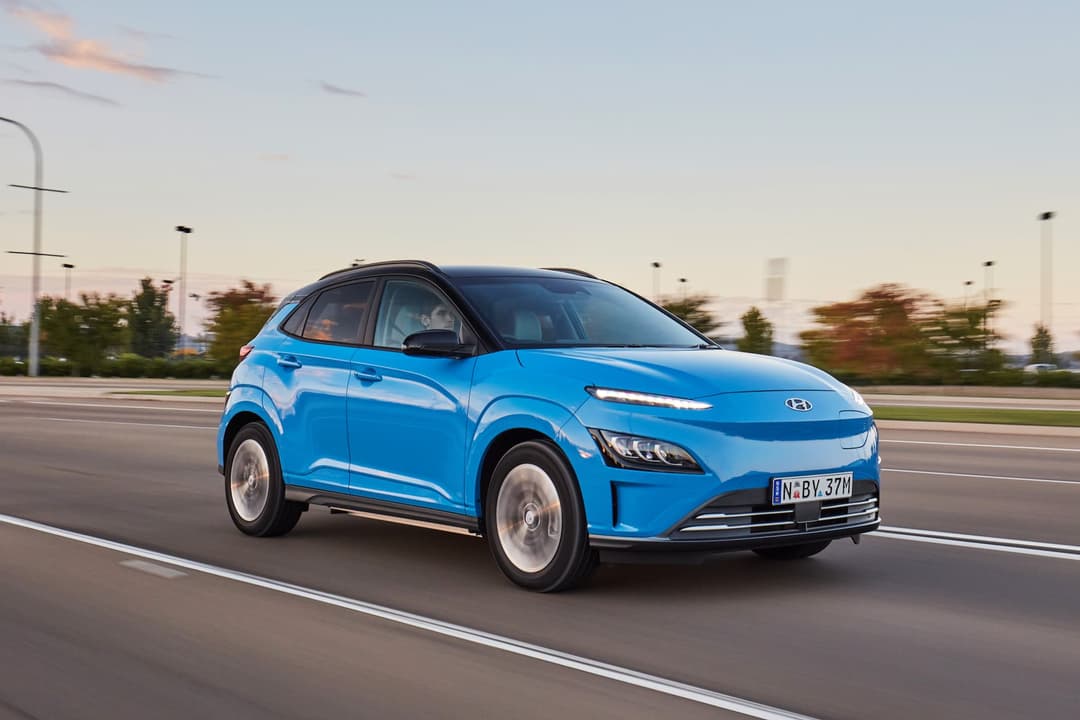
Range
Range is the distance an EV is able to travel on a single charge.
It’s based on a variety of factors – the vehicle’s battery capacity, body shape (drag coefficient), total payload (passengers, cargo, towing, etc.), driving behaviour, electric motor efficiency, regenerative braking, outside weather conditions, whether a heat pump is fitted, use of climate control, auxiliary systems, and more.
How much range do you really need?
Think of the average distance you travel in a day like driving to work, school and the shops, plus maybe a longer distance trip that you might take occasionally.
Then, enter your preferences into our handy EV match calculator tool to shortlist your ideal electric car suited to your needs.
For context, data from the Australian Bureau of Statistics outlines the average passenger car travels just around 35km per day.
Therefore, it’s important to choose an EV that has enough range for your needs.
When choosing your EV, ask yourself: Are you willing to pay a premium for a heavier long-range, large battery capacity electric car – if you will rarely (or never) utilise its full potential? In our database, the average price paid for every 100km of range is $26,377.
For example, some urban and suburban dwellers might find the Mini Cooper SE Electric – with 233km of range (WLTP) from its small 28.9 kWh (usable) battery – enough, provided there is an AC power outlet to charge at home overnight or there are sufficient DC public fast chargers in your area to top-up.
However, drivers who commute long distances or live in regional areas might find EVs like the Hyundai Kona Electric Extended Range – with up to 484km of range (WLTP) from its 64kWh (usable) battery pack – more suitable.
An often overlooked range consideration is DC charging speed. As more fast charging stations are installed around the country, purchasing an EV with moderate range and high charging rates will make practical sense for some.
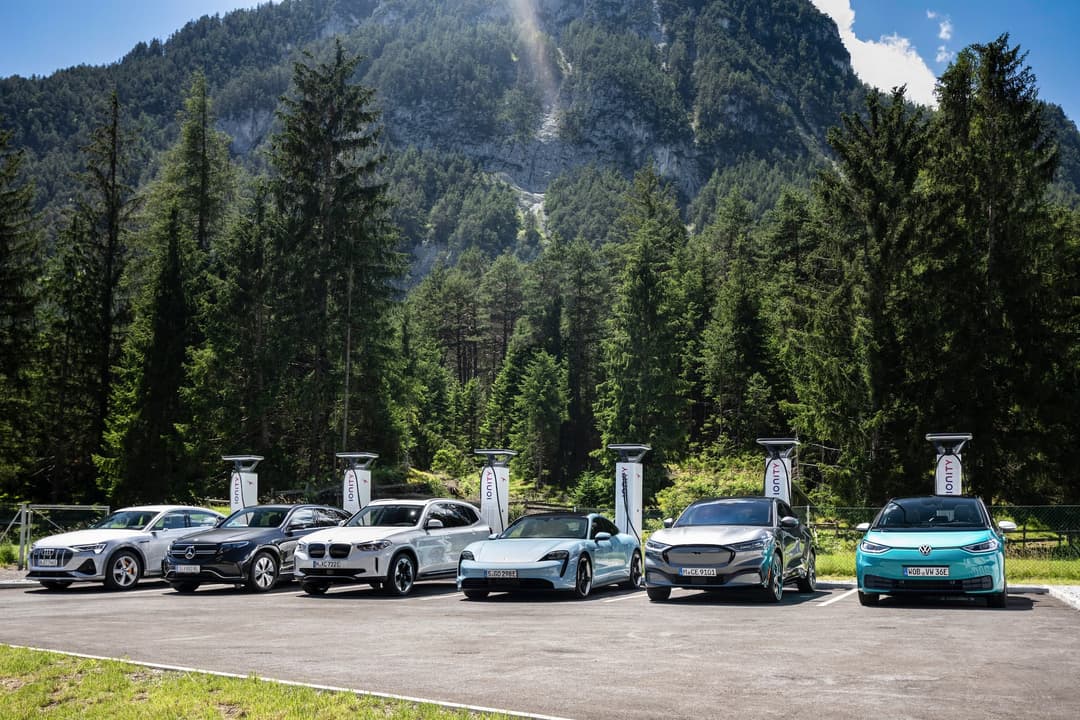
Claimed range
Car brands usually quote either a Worldwide Harmonised Light Vehicles Test Procedure (WLTP) or New European Driving Cycle (NEDC) range number. The former offers a more realistic figure; however, both still do not reflect real-world results as they’re tested in a highly controlled laboratory.
Keep in mind that these claimed driving ranges only apply to a fully charged battery pack.
Most EVs today should only be charged to 80 per cent to prevent excessive degradation effects and unnecessary long charging wait times, so it’s important to look at these range claims with a grain of salt.
The range quoted by manufacturers is generally based on a 'combined' cycle, which comprises an equal mix of simulated highway and city driving. If your driving is heavily skewed towards one or the other, it's likely your actual range will deviate significantly from the rated range.
The table below illustrates how range will vary depending on the type of driving.
Unlike combustion engine vehicles, EVs achieve a lower efficiency/range with highway driving; however, have higher efficiency/range with urban driving.
For example, if all your driving is low-speed urban then there's a chance your real-world range for each charge is higher than the rated range. Conversely, If most of your driving is on the freeway, you'll most likely never reach the rated range of your EV.
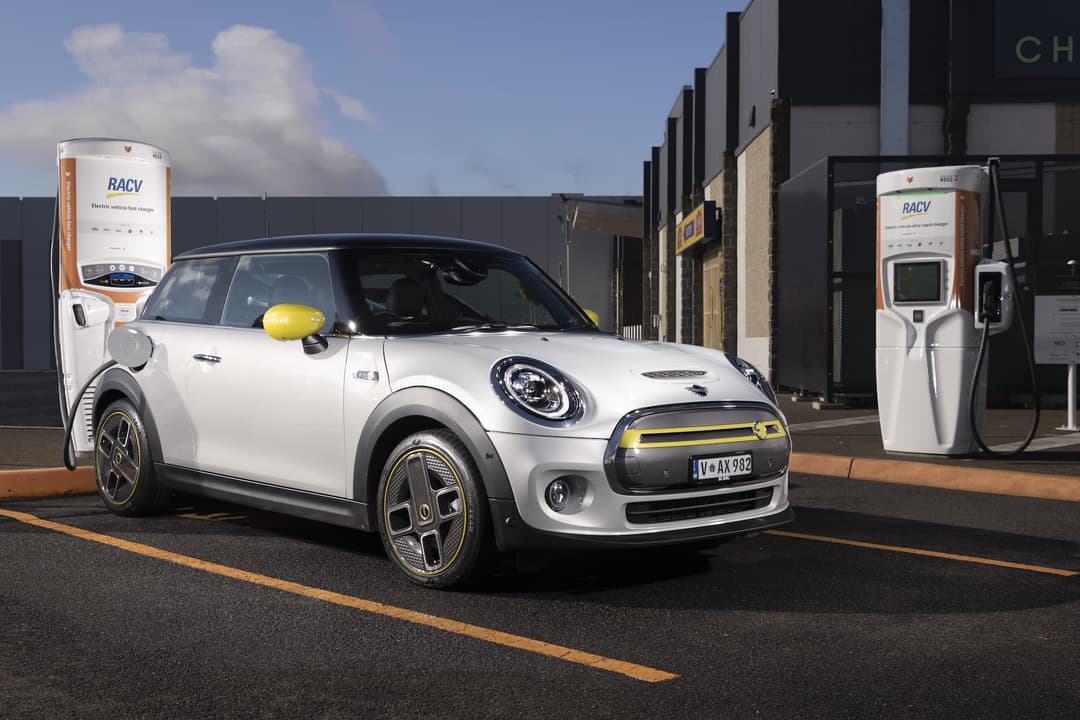
Charging
Juicing up an electric car is arguably more convenient than refuelling a petrol or diesel vehicle. That’s because there are more methods than just a gas station.
When buying an EV, consider whether you can charge at home first.

Home – Level 1
Can it access a standard single-phase AC power outlet where the vehicle is parked and undercover?
If so, you can easily ‘trickle charge’ (Level 1) an EV overnight during the cheapest off-peak electricity rates at around 2 to 3kW or 15km per hour depending on the socket using the included three-prong to Type 2 cable.
That won’t completely replenish the battery – especially large packs – however, it could be enough to drive for one or several days depending on how and when you drive your car. You can check whether your day-to-day driving needs can be met by different chargers using our calculator.
Home – Level 2
If you can’t access a power socket (eg: outside the driveway) or want to top-up faster at home, you’ll need to invest in a three-phase AC wallbox (Level 2). These deliver speeds at 7kW to 22kW or 40km to 120km per hour of added juice depending on the model.
If you can charge during the day via solar power when the sun is shining, juicing up your EV could almost be free. Chargers such as the zappi are able to coordinate charging so only surplus solar energy is used to charge your EV, making it truly zero-emission in operation.
You’ll need to enlist a residential EV charger installer from providers like EVSE Australia or JET Charge to ensure it is safe, weather-sealed, and compliant with Australian standards and local regulations.
Car brands that directly sell AC charging wallboxes as EV accessories typically include installation fees, too.
Public – Level 2 and 3
There are also a growing number of public AC/DC charging stations (Level 2 and Level 3) if charging at home isn’t an option or you simply want to top-up quickly while on the move.
Check out Plugshare that offers an interactive map displaying all available public charging stations in your area.
These range from slower 11kW AC wallboxes at the local supermarket to 350kW DC ultra-rapid stalls beside the highway.
Charging fees vary by location and network provider, such as Chargefox, Evie Networks and Jolt, while others are operated by state-based organisations like the NRMA. Some charging locations are even free.
Tesla also has its own network of DC Superchargers, though they’re exclusive to Tesla vehicles in Australia. The electric carmaker is currently trialling to open it up to all EVs in select locations in Europe.
You can estimate charging costs using our online charging calculator.
Today, most EV models and chargers use the Type 2/CCS2 combo charging port (preferred), but some Japanese models like the Nissan Leaf hatch and Lexus UX300e crossover use the increasingly rare CHAdeMO connector instead for DC fast charging.
Additionally, it’s important to understand that maximum charging speeds will be limited by the EV itself. We list these rates for all models in our EV database
Even though a DC charger may be capable of outputting 350kW, a Mercedes-Benz EQA is capped at only receiving 100kW DC. Equally, on a 22KW AC wallbox, the small SUV can only accept 11kW AC charging speeds due to its onboard inverter limitations.
Charging speeds
It’s worth noting that charging speeds vary; typically EVs will only reach the fastest advertised charging speeds on a low state of charge (SoC) – under 20 per cent – and optimum battery temperature.
As the SoC replenishes up over time, charging speeds will throttle down to maintain the battery pack’s long-term health – especially at 80 to 100 per cent where it could take the same time to charge that top-end than charging from 10 to 80 per cent.
For most EVs, it’s recommended to charge to 80 per cent to prevent degradation effects on the battery, but can be fully charged if on a long distance road trip when the extra range is needed.
Refer to the manufacturer as some recommend setting different charge limits. The Polestar 2, for example, suggests a charge limit of 90 per cent is healthy for the battery.
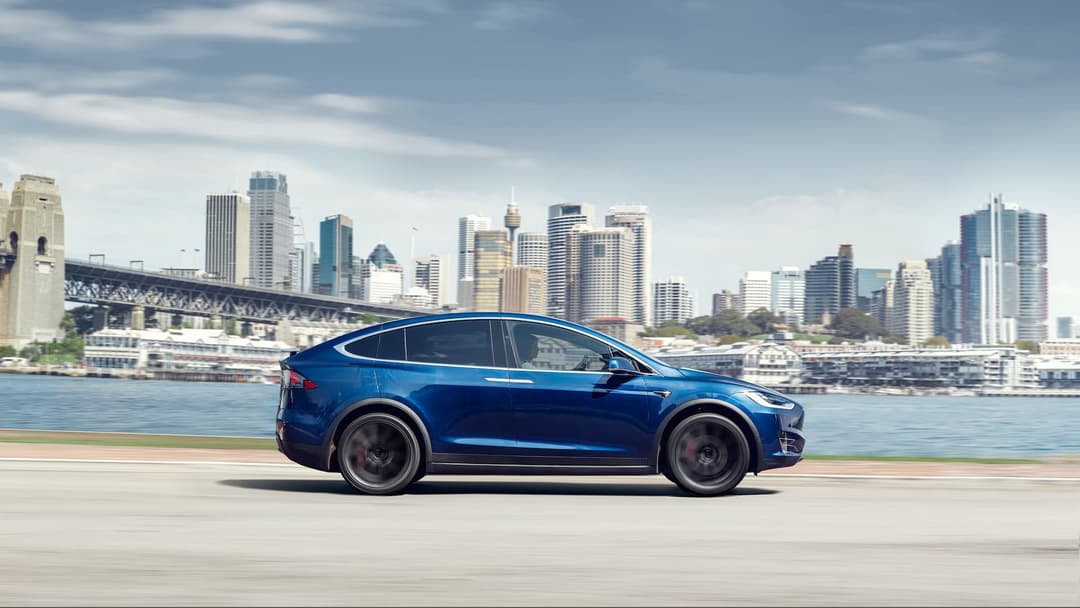
Battery
EVs come with two batteries – the high-voltage battery pack underneath the floor (in lieu of the fuel tank) and 12-volt battery to power auxiliary items like the infotainment system (just like a combustion vehicle).
Manufacturers often quote a gross and net high-voltage battery number.
Capacity – gross vs. net
A gross battery means the total capacity stored under the vehicle, but a net battery means the actual usable capacity available to drivers.
The latter exists because carmakers often put a ‘top buffer’ onto each battery pack to prevent owners charging to the full battery capacity, which could be detrimental to its battery health.
It also enables EVs to reduce the degradation effects by using that reserved top buffer later on the vehicle’s life cycle so the total driving range is maintained.
Typically, the larger battery capacity, the longer driving range on offer.
Drivetrain efficiency and weight are other key factors. In the example below, the Tesla Model 3 has a slightly smaller battery than the Polestar 2, yet has over 10% more range.
However, with more energy dense packs coming soon, it doesn’t necessarily mean a big battery only fits in a large car.
As discussed above, buyers should select a model with a driving range suited to their needs, rather than going for the largest battery pack possible.
Battery chemistries – NMC vs. LFP
Furthermore, most EVs sold today feature batteries made up of a nickel-manganese-cobalt (NMC) chemistry.
While NMC packs have a higher energy density, it uses rare earth materials that are attributed to environmentally harmful mining and human rights exploitation in developing countries. Importantly, it’s also not recommended to frequently charge beyond 80 per cent as it could cause significant degradation effects.
Meanwhile, lithium-ion-phosphate (LFP) batteries are emerging in a number of new EVs like the entry-level Tesla Model 3 sedan, BYD Atto 3 SUV, and GWM Ora Cat hatchback.
While LFP batteries can be charged to 100 per cent without degradation concerns and doesn’t use cobalt, it is typically less energy dense and performs worse in colder climates than NMC batteries.
Battery warranties
Additionally, to allay long-term battery health concerns, all new EVs come with a dedicated battery warranty to cover the repair or replacement of a pack if there are defects or degradation anomalies under normal use. This is determined on a case-by-case basis.
For example, the majority of car brands offer an eight-year/160,000km (whichever occurs first) high voltage battery warranty, as found on the likes of the MG ZS EV small SUV, Mazda MX-30 Electric city crossover, and Audi E-Tron luxury SUV.
To further protect the battery, nearly all new pure-electric cars currently employ an active liquid-cooling solution to keep the battery pack in its optimum temperature range to prevent degradation.
Although some models like the Nissan Leaf only rely on a passive air-cooled system, it’s been mooted by Mercedes-Benz as the future of EVs.
According to a study by NimbleFins, first-generation Leaf’s only lost around 15 per cent of its capacity (or 32km of range) after five years of ownership by just relying on air and wind to cool down its battery pack.
Of course, the more you use your EV and the more cycles you charge – especially on DC fast chargers which quickly heat up the battery – may result in a bigger degradation impact.
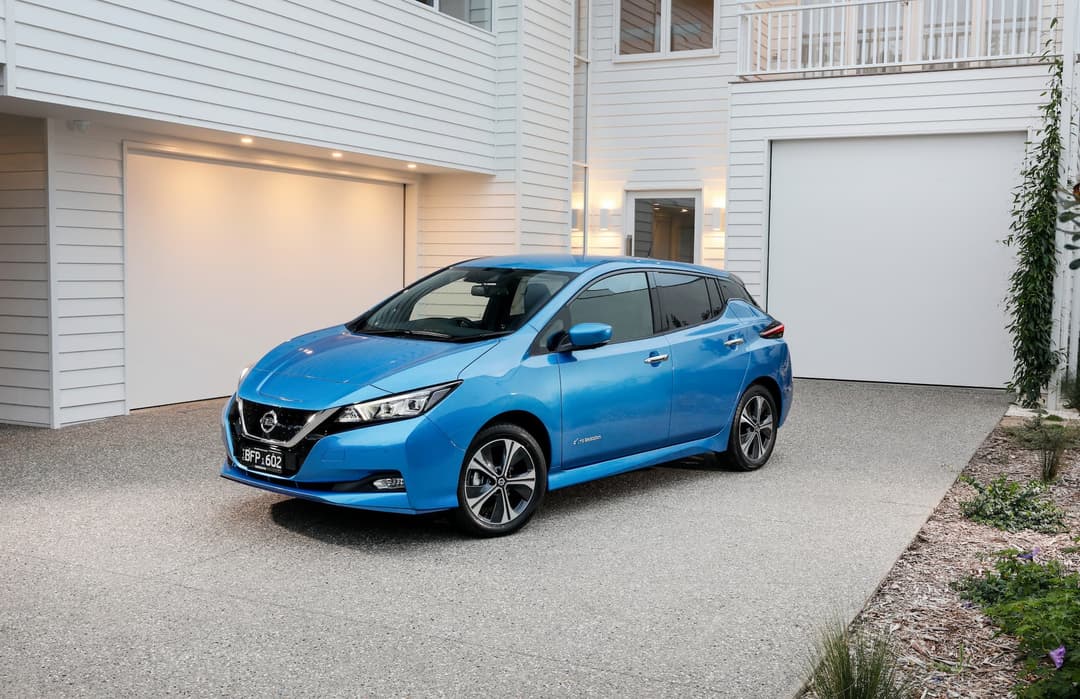
Total cost of ownership
The total cost of ownership (TCO) is simply adding the sums together to decipher the actual cost of owning an electric car over the entire ownership period.
Total Cost of Ownership (TCO) = Upfront purchase costs + Ongoing running and depreciation costs over the ownership period of the vehicle
Upfront costs include: The vehicle's retail price (MSRP), dealer fees, stamp duty, registration, less incentives and exemptions (if applicable).
Ongoing running costs include: Energy, installation fees, insurance, and depreciation when it comes to sell or trade-in your EV.
While electric cars are currently more expensive to buy outright than an equivalent combustion-powered model, EVs are inherently more efficient, cheaper to ‘refuel’, and could result in a lesser TCO depending on your situation.
In the example below, while the electric version of the Volvo XC40 costs c.$18k more, the ongoing running costs are $3,257 p.a. lower. After 5.5 years the additional cost of the electric version is paid and the owner will pocket c. $3k p.a. in annual savings.
For a TCO and comparison tools, check out our handy zecar calculator here.
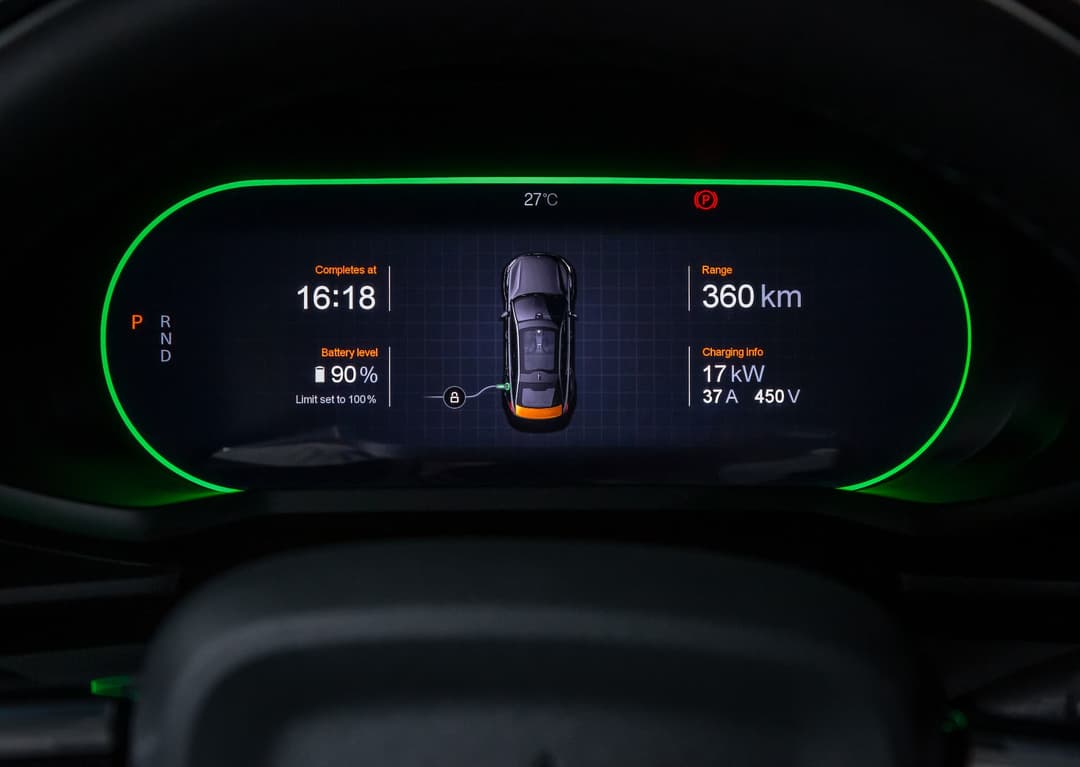
EV features
There are a number of technology and convenience features to look out for that make owning an EV even better.
Climate control preconditioning is a handy feature built into most EV models that allow owners to start the HVAC to cool or heat before you get in the car. And because there are zero tailpipe emissions, it doesn’t mean you’ll ‘idle’ the car or fill your garage with toxic pollutants.
If the electric car is plugged-in to an AC/DC charging point, it will use the electricity from that electricity source to precondition the cabin. That means, it’s not eating up the battery and range before you drive off.
Similarly, setting a charging limit and charging schedule will protect the health of the battery and ensure you’re charging at the cheapest electricity rates at home respectively.
As discussed above, it’s recommended to set an 80 per cent charge limit (or whatever the manufacturer suggests) on EVs with an NMC battery pack. Once the vehicle reaches that set SoC, it will automatically cut power and stop charging without you needing to unplug the cable.
Most EV models also allow owners to set a charging schedule, so the vehicle can automatically start and end charging at the specified time at home.
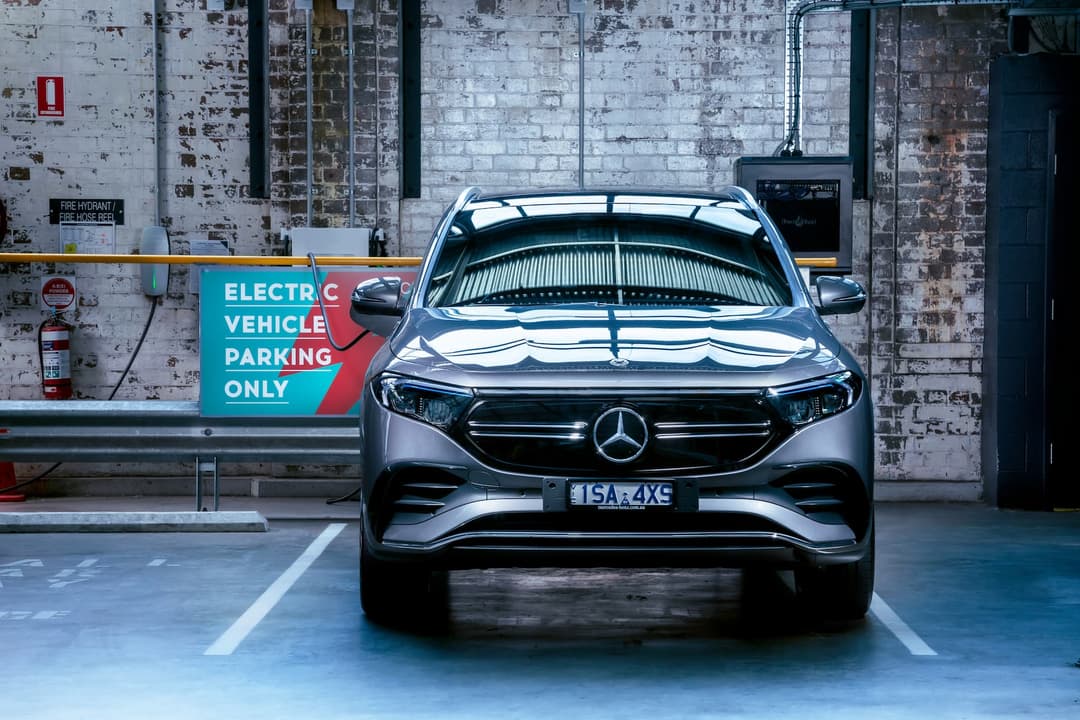
All owners need to do is to understand when the cheapest off-peak electricity rates are from their provider (usually overnight) or when there is free solar energy to use, and always plug-in the EV when back at home.
Both climate control preconditioning and setting charging limits and charging schedules can be usually done via the vehicle’s infotainment system settings or using a connected smartphone app to remotely control and monitor the EV.
Some AC charging wallboxes are also capable of setting charging limits and schedules if the electric car model doesn’t feature it built-in.
Additionally, a growing number of battery-powered models, like the Tesla Model 3 sedan, Polestar 2 liftback and BMW iX SUV, feature battery preconditioning which is handy in colder climates.
By harvesting waste heat generated from the electric motors, it can warm up the high voltage battery’s temperature to achieve the fastest charging speeds possible – but at the expense of temporarily increasing energy consumption.
Drivers need to set a public DC fast charger (Superchargers only for Tesla’s) as the destination in the built-in maps to start the preconditioning function. By the time you arrive, the battery should theoretically be in its optimum temperature for faster charging.
There’s also a myriad of other EV-centric features like frunk storage, vehicle-to-load (V2L) capabilities to power tools and devices, V2G bidirectional charging to power homes, built-in solar panels, and more coming to EVs in the future.
Figures by Danny Thai
About the author
Stay up to date with the latest EV news
- Get the latest news and update
- New EV model releases
- Get money savings-deal

